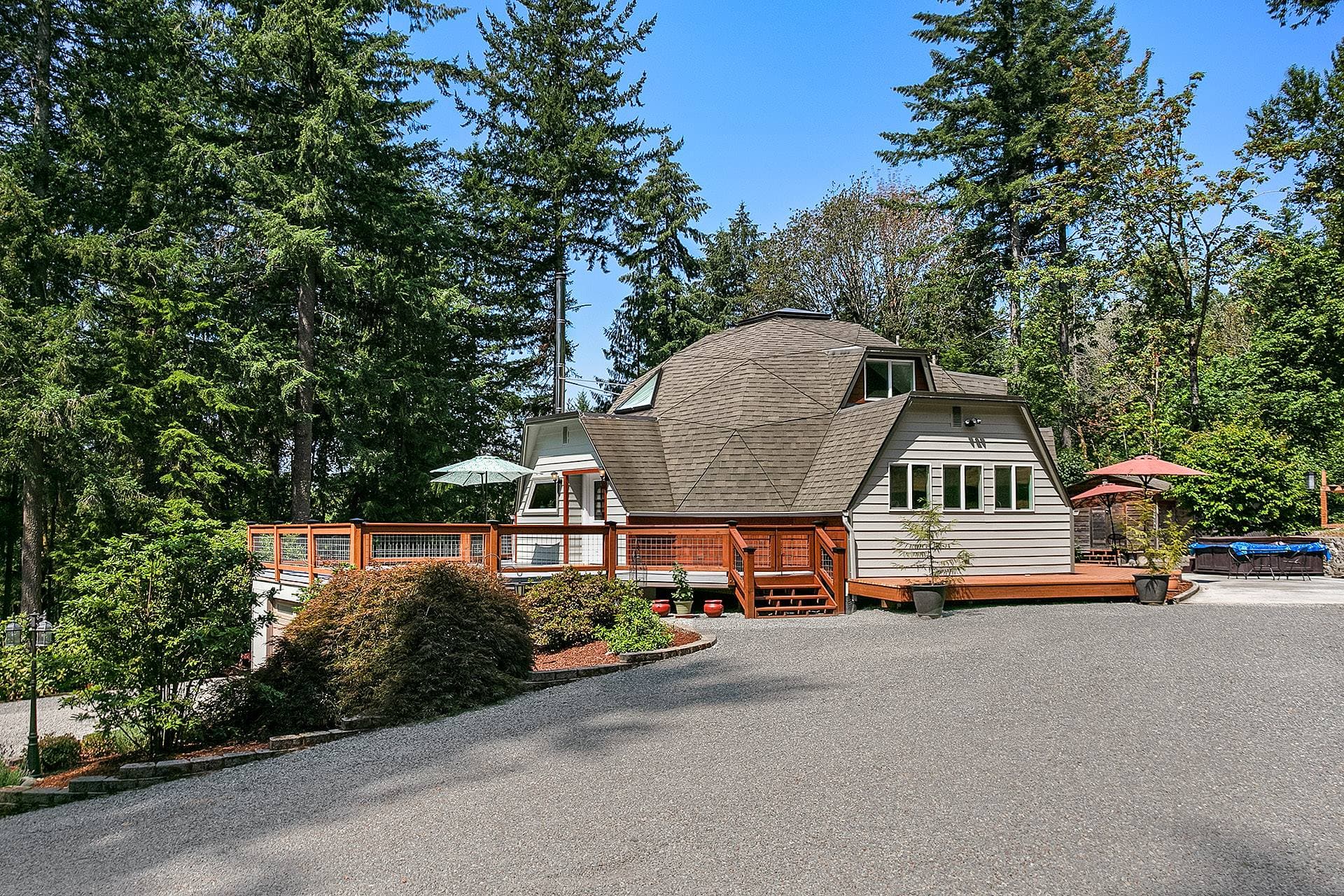High Dynamic Range or HDR is a photographic technique used by most real estate photographers in shooting architectural and interior photos. It involves a reproduction of a greater dynamic range of luminosity that is beyond the results from using a standard photographic technique. It allows you to fuse different exposures by merging multiple photos of the same scene captured at contrasting shutter speeds, creating a finished product that is comprised of the best light information of each exposure.
In essence, HDR enables you to balance interior spaces with exterior views, which tend to be overexposed in normal photos, helping you produce clear and vivid photos that are sure to satisfy your real estate agent.
To successfully execute the HDR technique on your real estate photos, you may keep in mind these HDR photo editing tips:
• Capture multiple bracketed images.
Before you start merging your photos to create an HDR image, you have to make sure that you have multiple photos of a subject at different exposures. It is acceptable to take three shots of a single scene but, you may find it best to capture five images with contrasting exposures.

To take different bracketed images manually, you have to set up your camera in manual mode and then, simply adjust the aperture and shutter speed to capture a brighter or darker image. However, the easiest way to do this is by manually adjusting the light “darker” by using your camera’s exposure compensation buttons (+/- buttons) to underexposure your image by one to three stops (-1 to -3), and then overexposing it by one to three stops (+1 to +3).
In shooting these bracketed photos, you have to ensure that each exposure is crisp and align. You can do this by using a shutter release cable and by making sure that your tripod is stable and completely still throughout the exposure set. It is also recommended that you use your camera’s self-timer, so you won’t have to manually press the shutter button, which can potentially shift the position of your camera and affect your photos.
• Shoot in RAW instead of JPEG.
Since HDR technology aims to fuse the maximum number of data from one exposure, you have to remember to shoot only in RAW, the top-quality file type for editing photos. This file format gives you flexibility in post-production because it allows you to not only edit your photos before taking them into an HDR editor, it also lets you edit your HDR images better without destroying the quality of your photo.
• Consider your budget and the software’s quality.
In choosing an HDR merging software, you do not have to be greedy and push yourself to buy the best and expensive software out there. You have to consider your budget since you can find relatively affordable photo editing software with HDR options such as EasyHDR and Lightroom. If you’re really short on budget, it is possible to find other free alternatives online like Nik HDR Efex Pro or Photomatix Pro which have free trials available that will help you in making a decision. However, using these requires putting a watermark on the final results that might spoil your photos. Moreover, if you happen to have a large budget to purchase editing software, you can choose the ones that are on the expensive end of the spectrum like HDR Darkroom. Ultimately, the best thing to do is to invest in software that does the job but also falls within your budget.
• Know your audience.
Since you can give an HDR image various looks, making it either very realistic or very dramatic, you have to know the audience and the purpose of the photos you will be editing. If the goal of your interior photography is to showcase them on online platforms or in exhibitions, you can use your HDR editor to produce dramatic, striking images. If, on the other hand, you are taking photos for a real estate listing, you should work to bring much realism as possible into your photos.

• Get the most out of presets.
Using an HDR editor’s presets give you the required control and flexibility to execute advanced HDR techniques with excellence and simplicity. The most recommended HDR presets are those available in Aurora HDR which can be accessed and use from within your Lightroom workspace.
• Trust your visuals and tweak the photo as you desire.
Lastly, while there are a ton of useful presets that can make your editing process easier, it would also count a lot to rely on your visuals in the post-processing. You can decide how much detail you want to recover and you can tweak the options such as exposure, highlights, shadows, contrast, and more to achieve your desired result.
